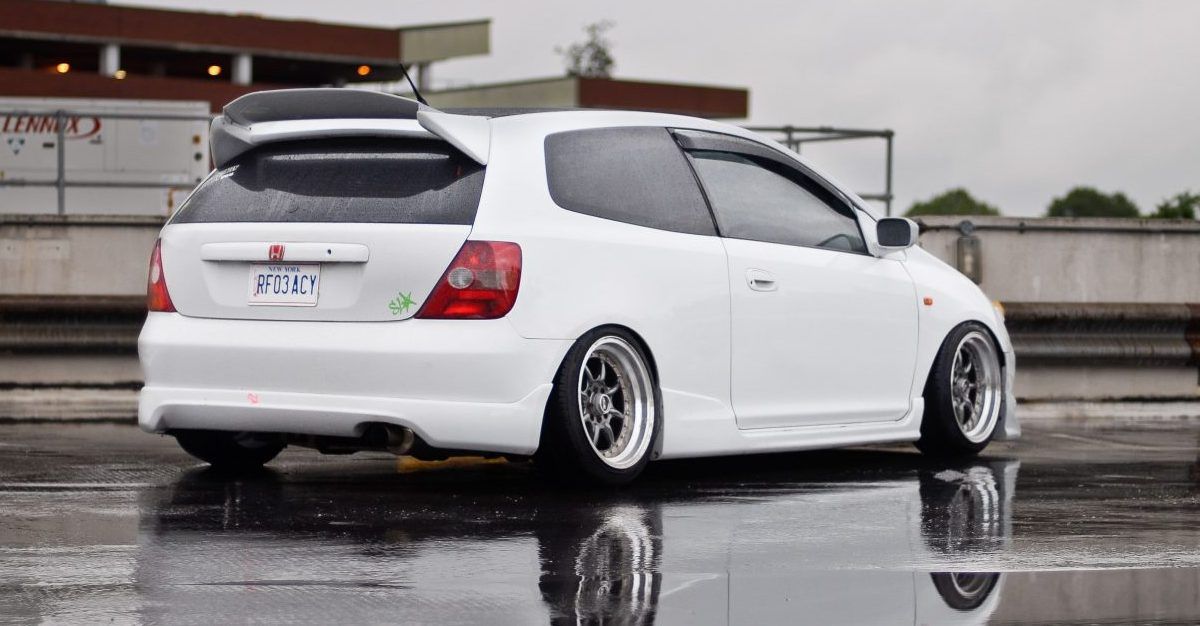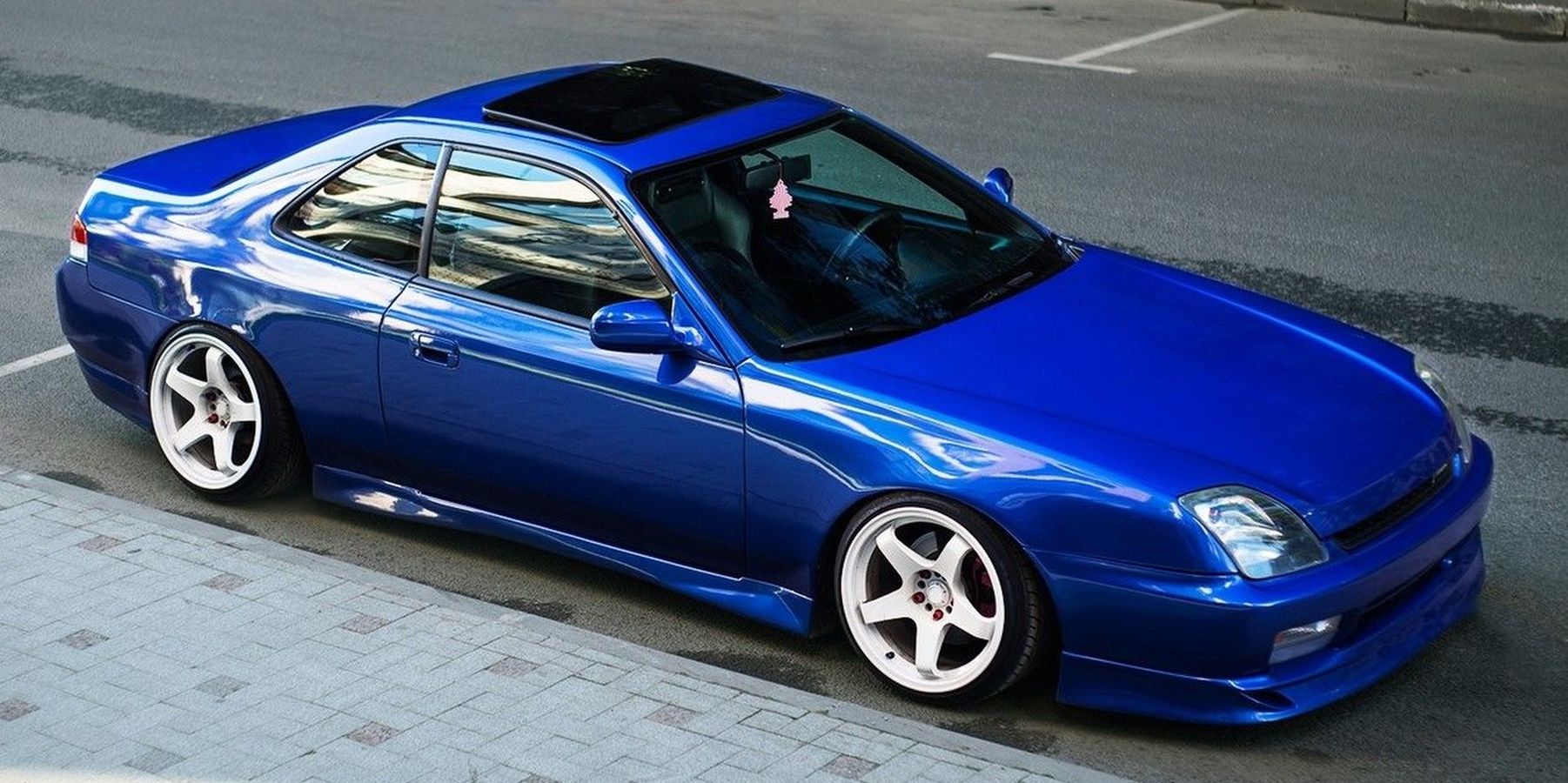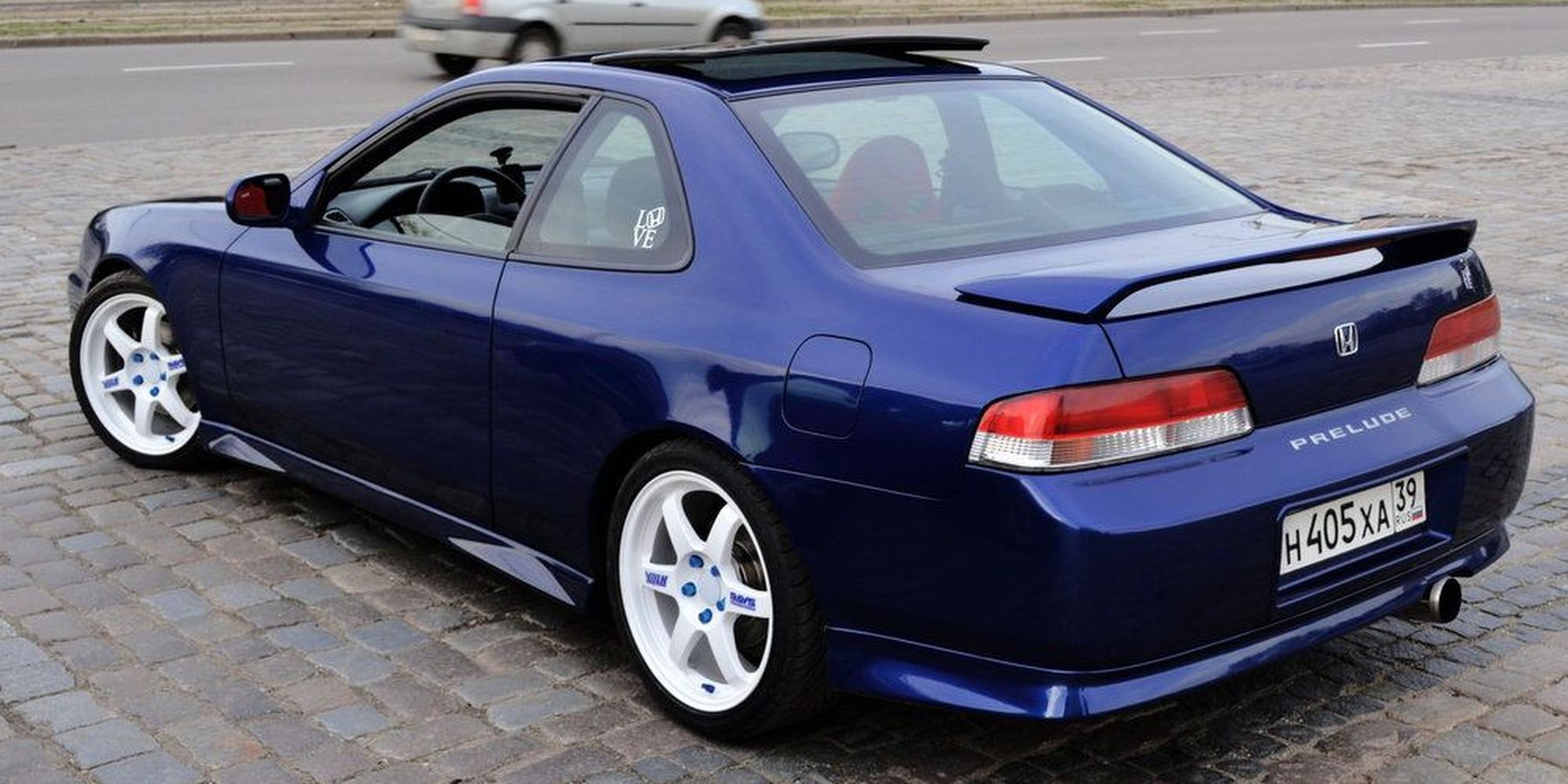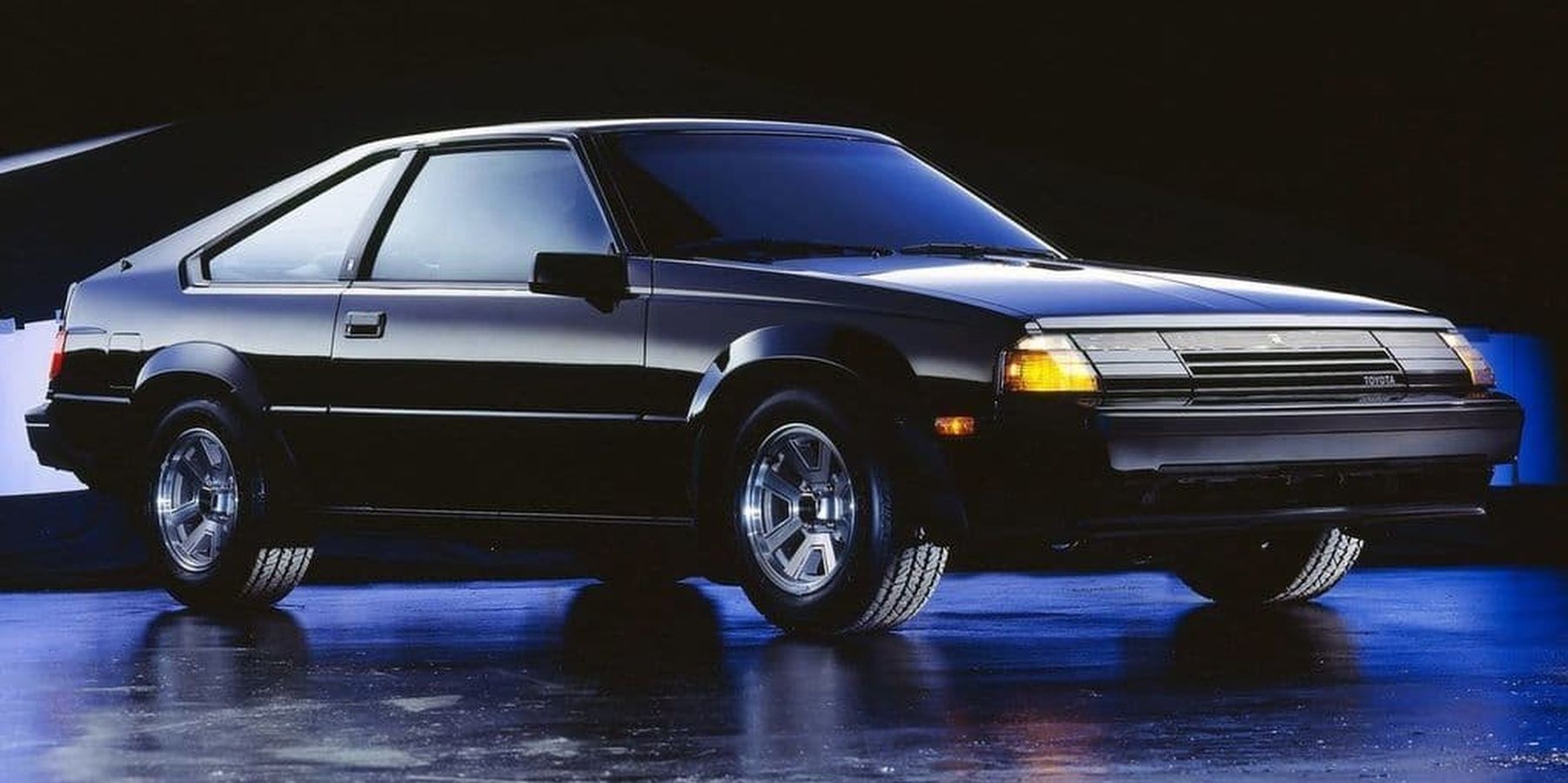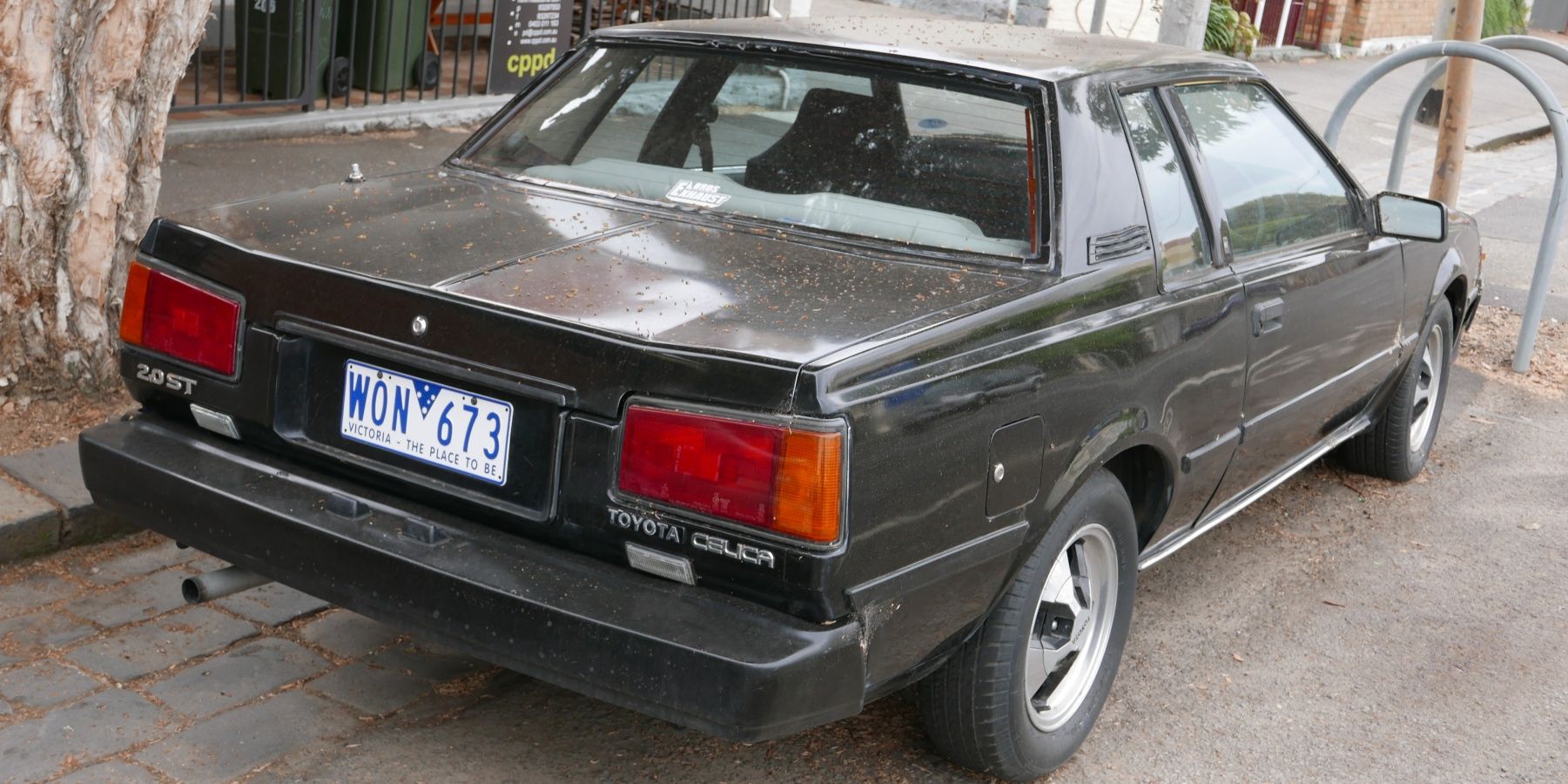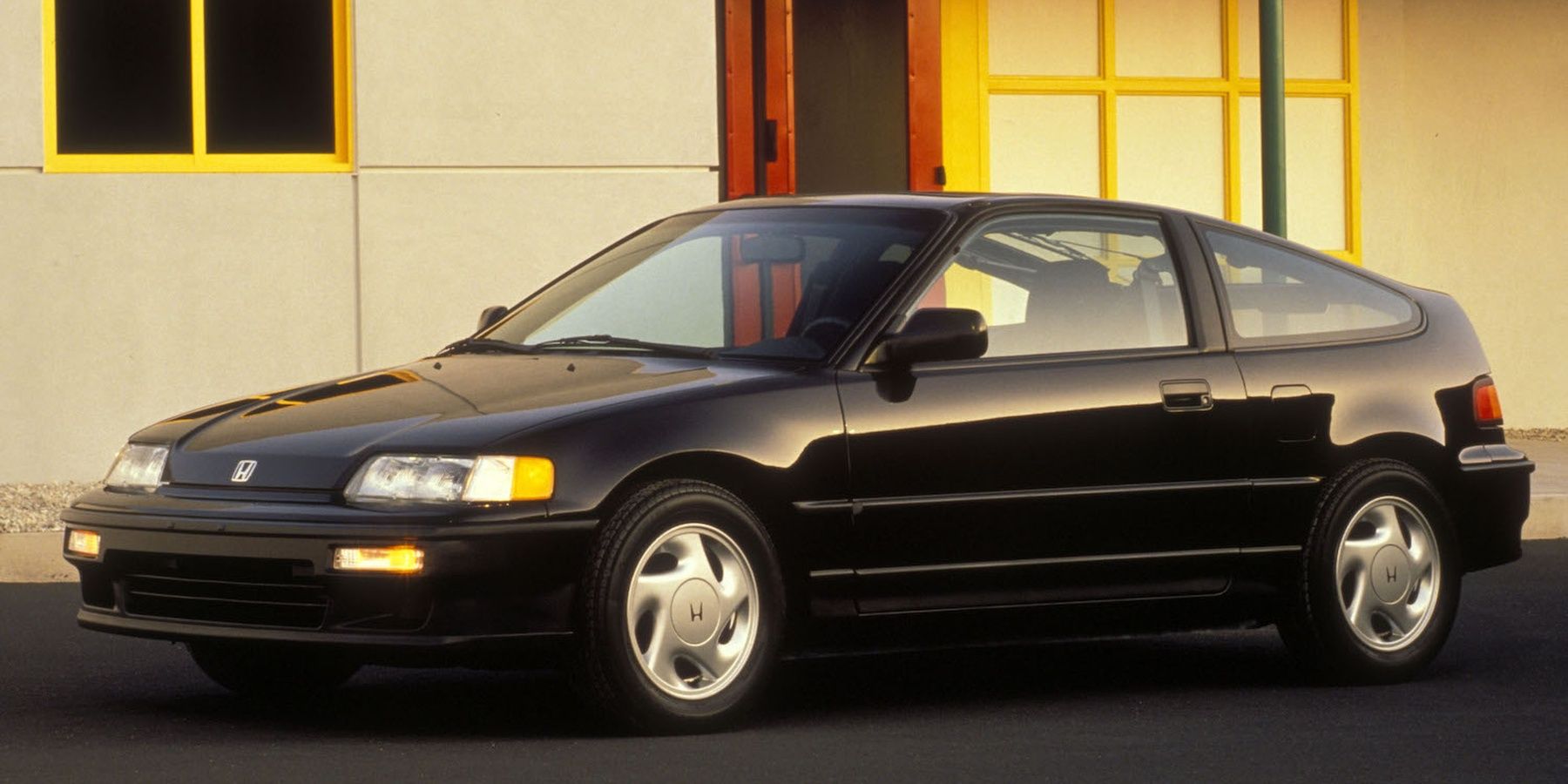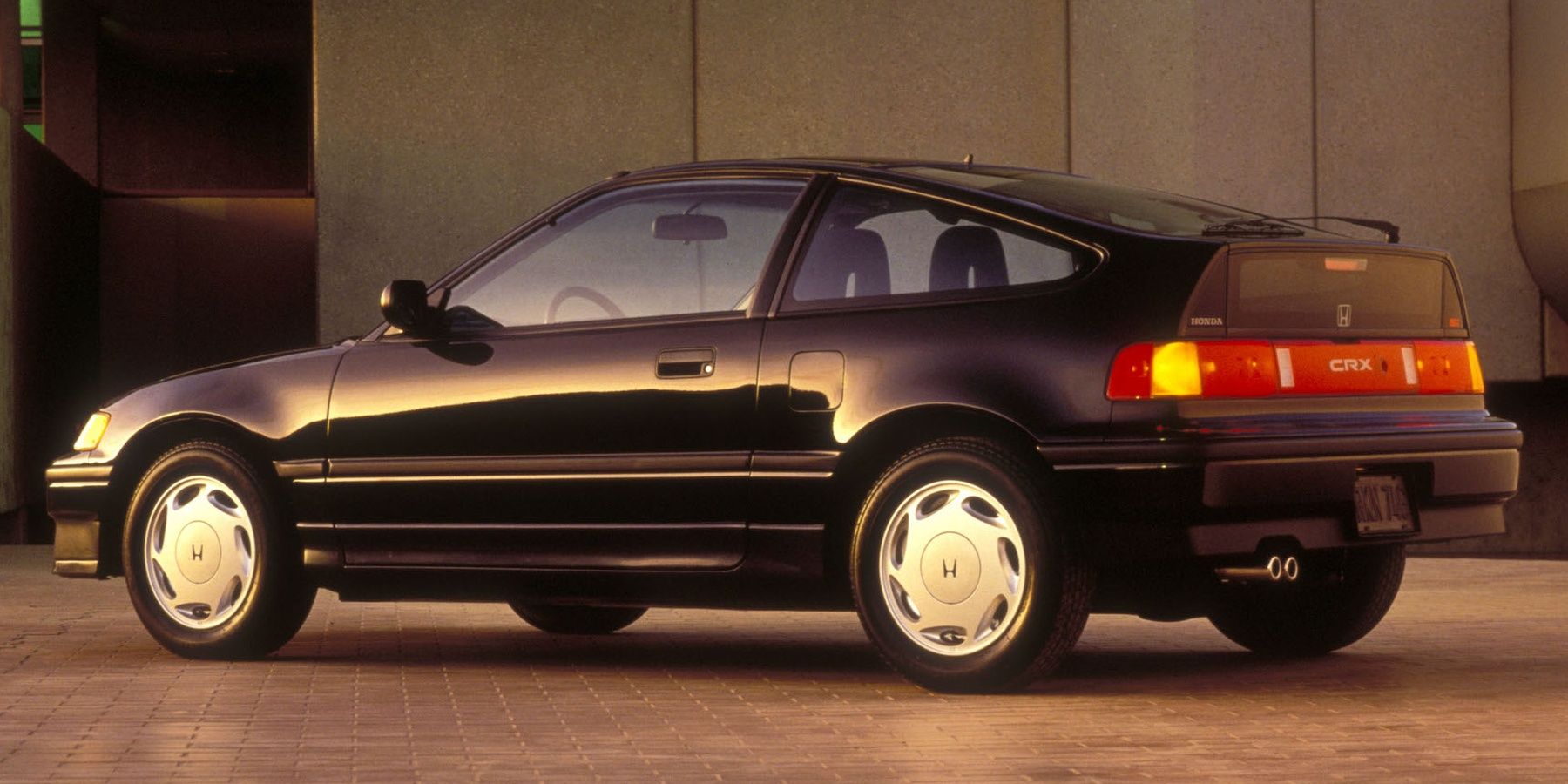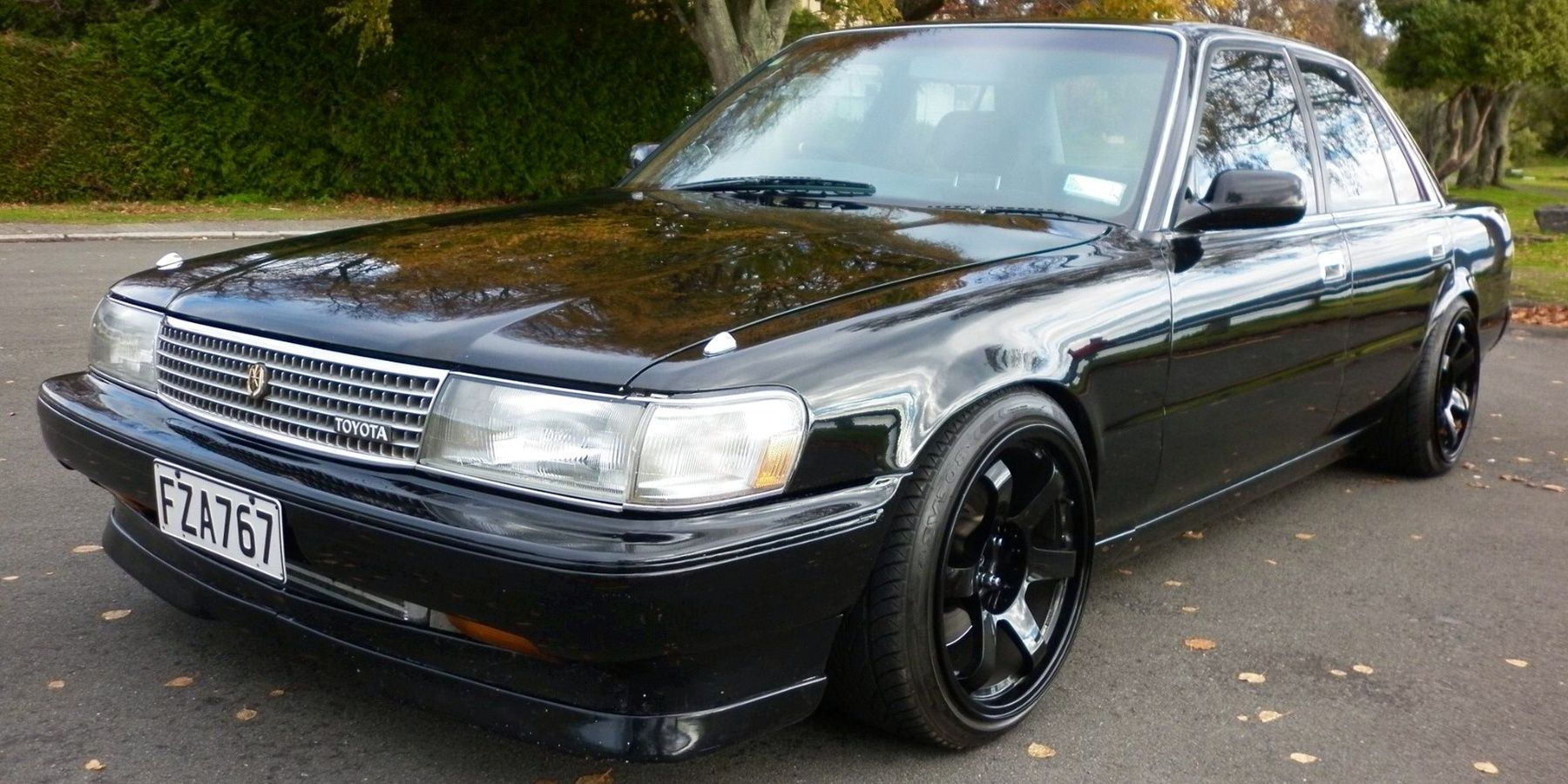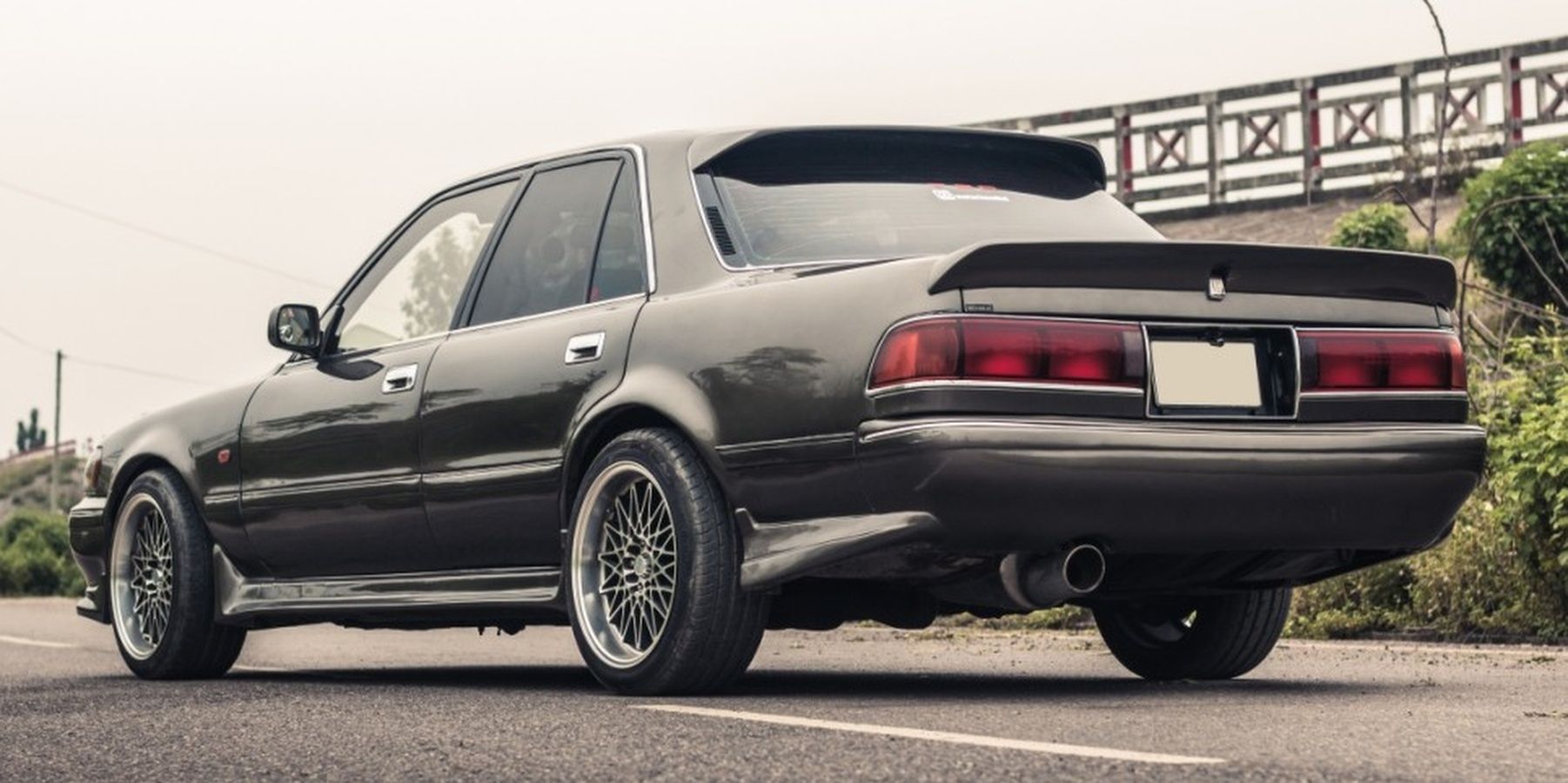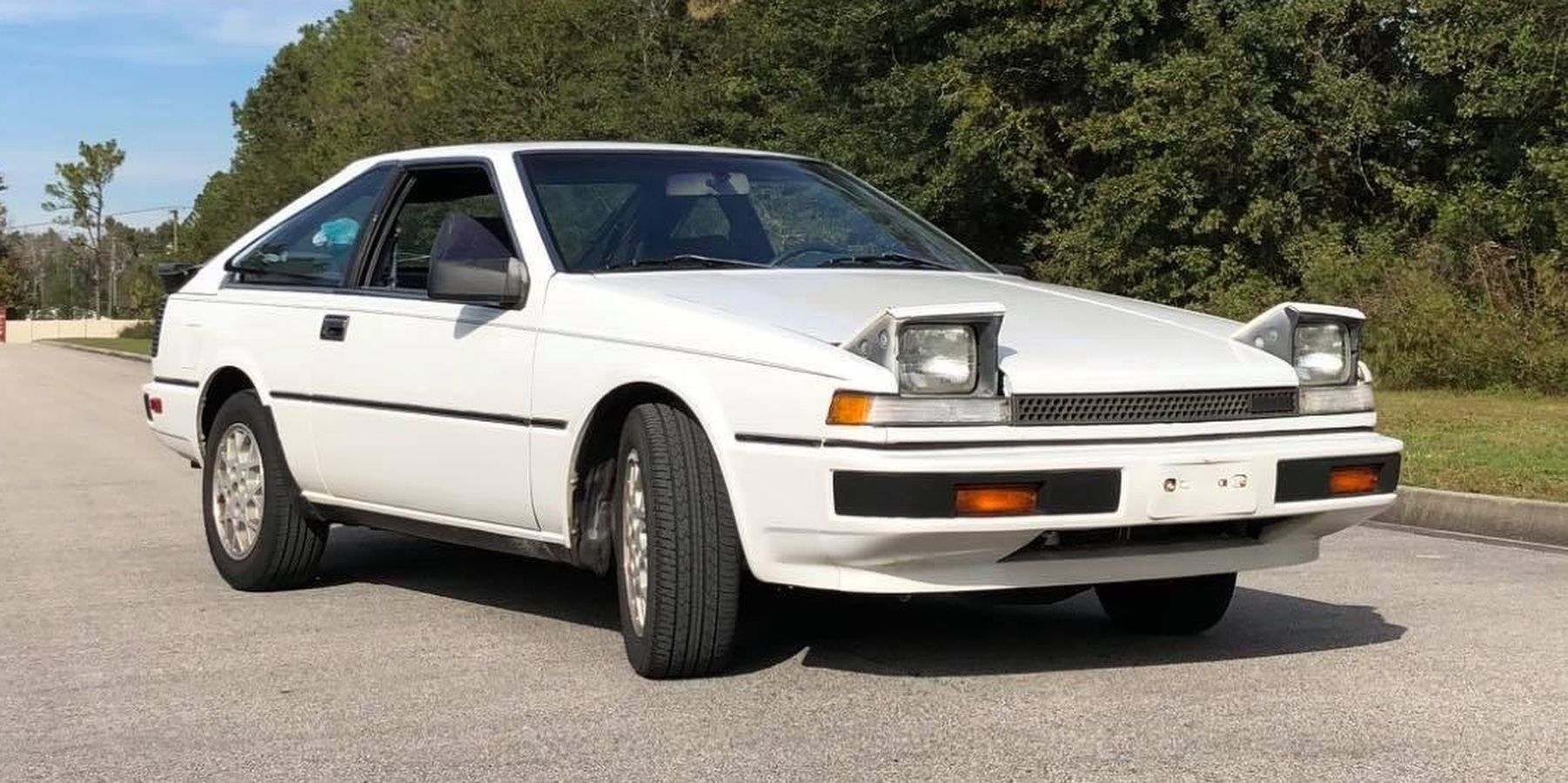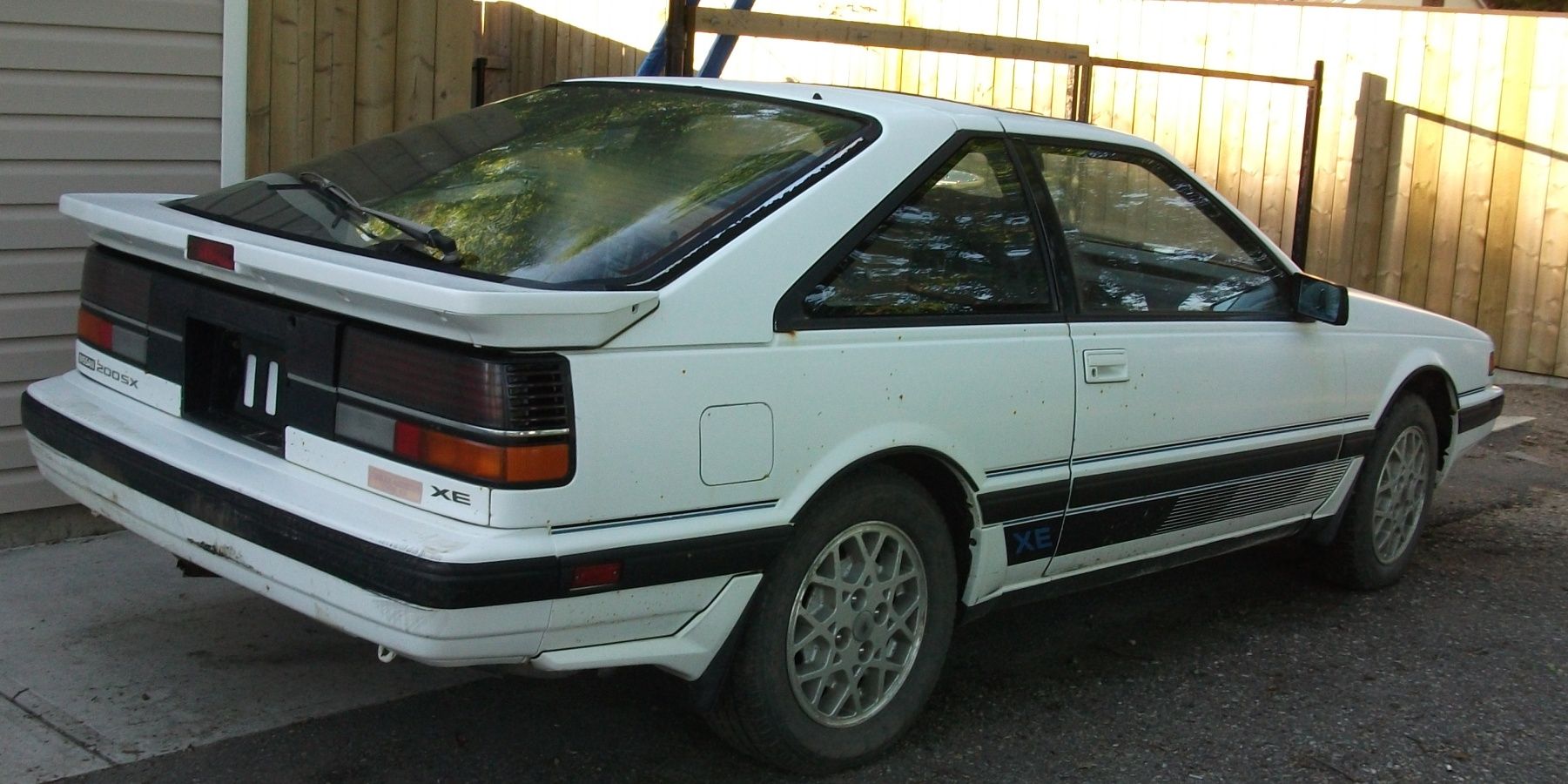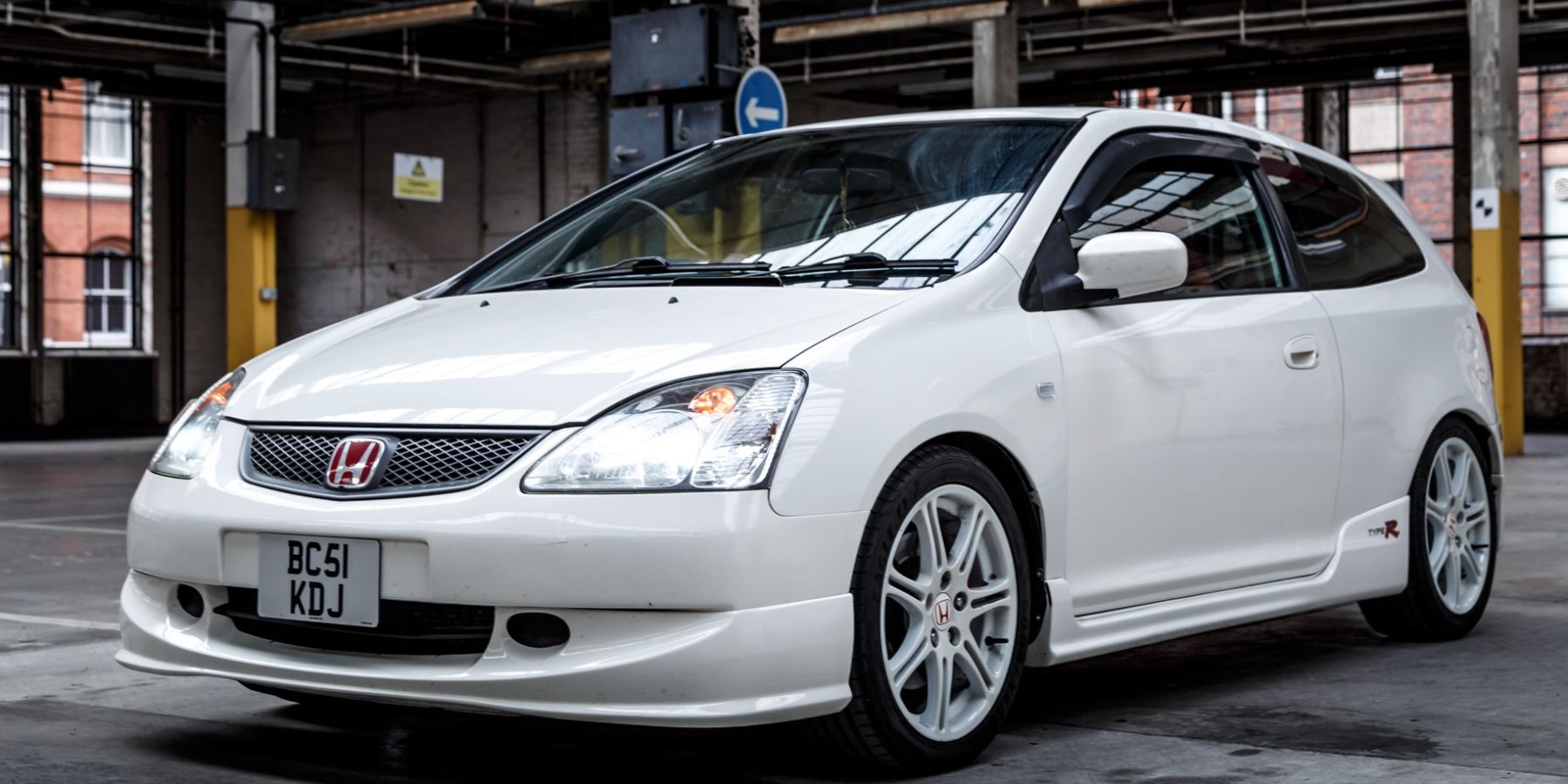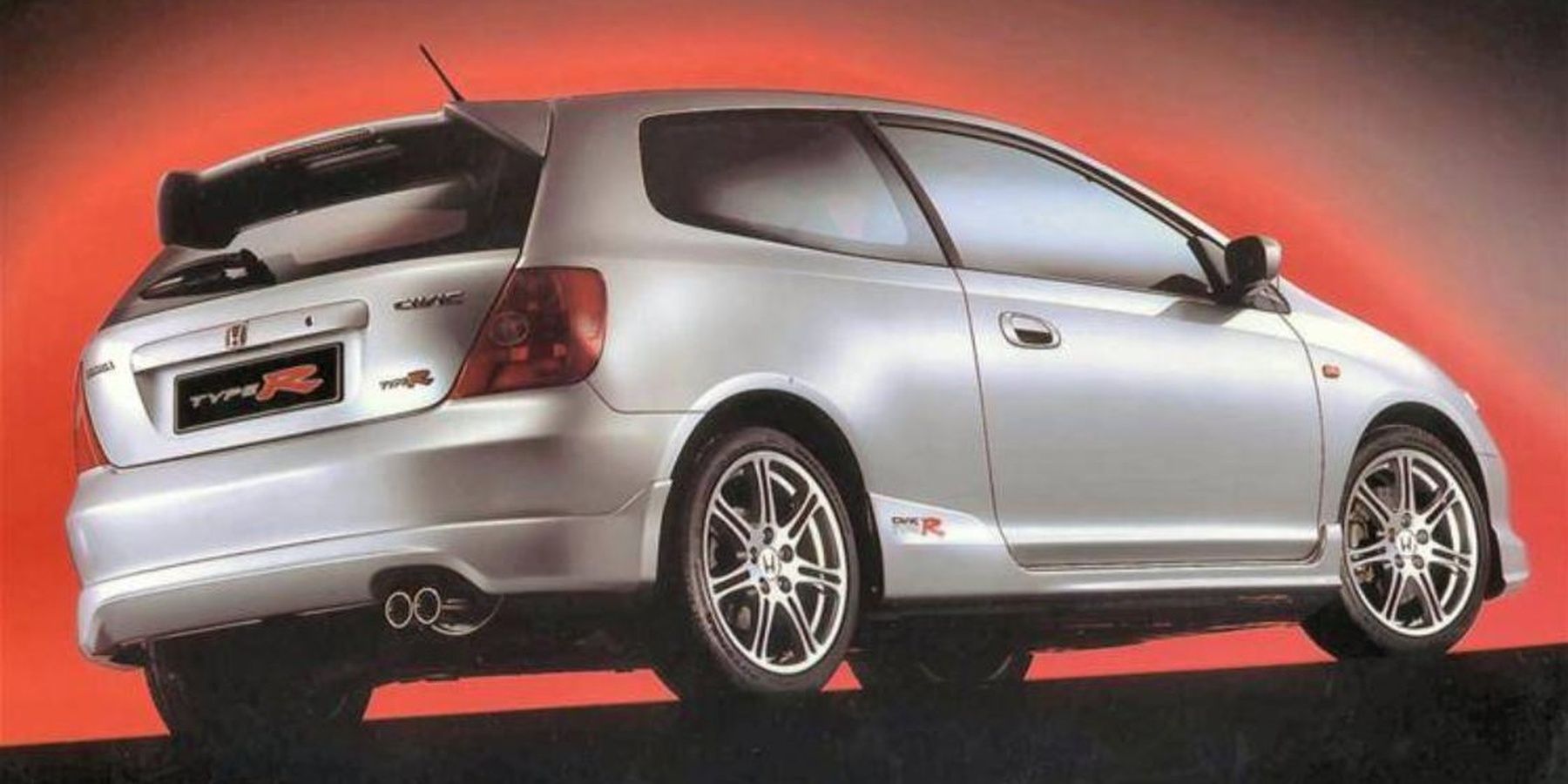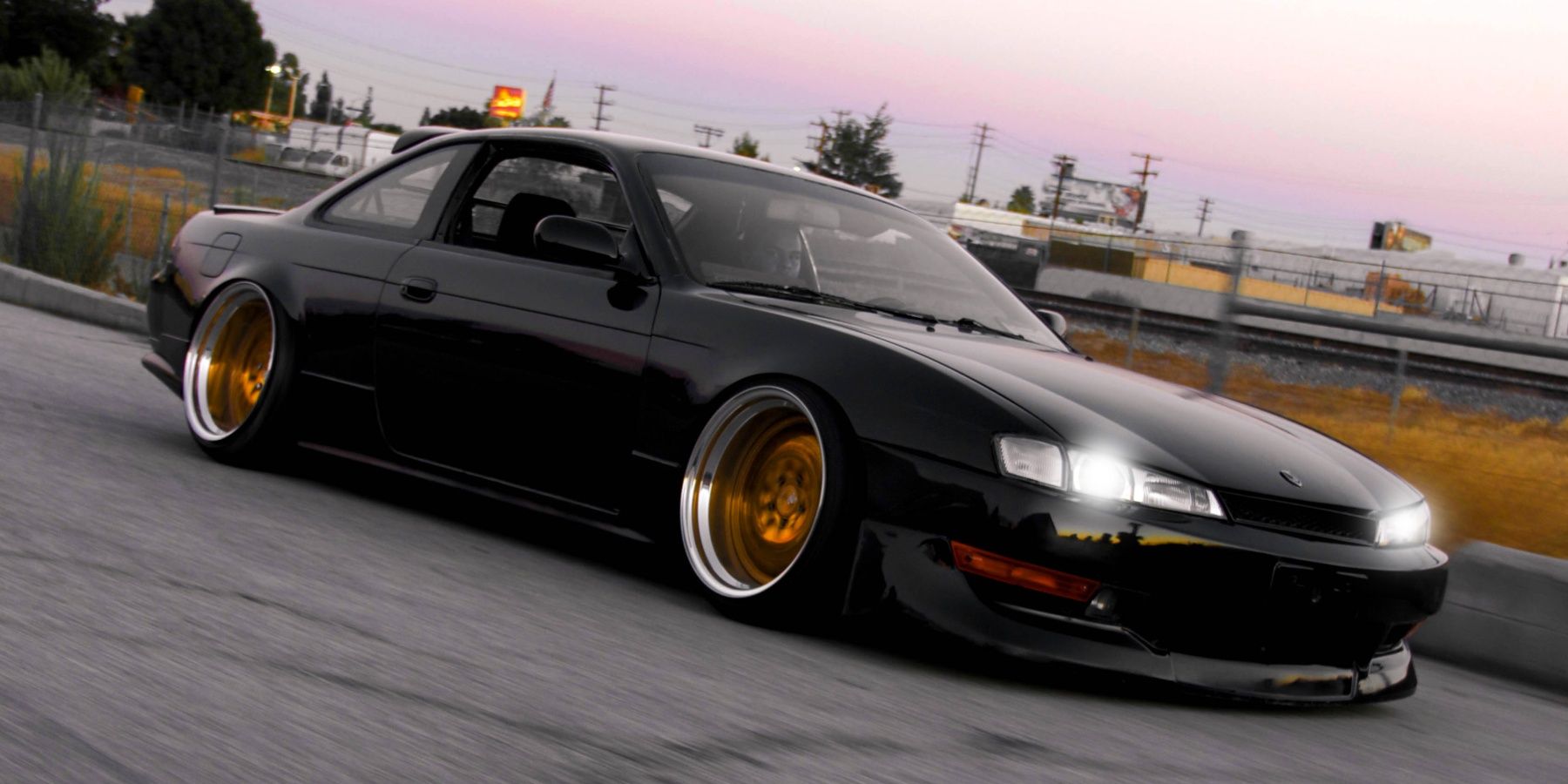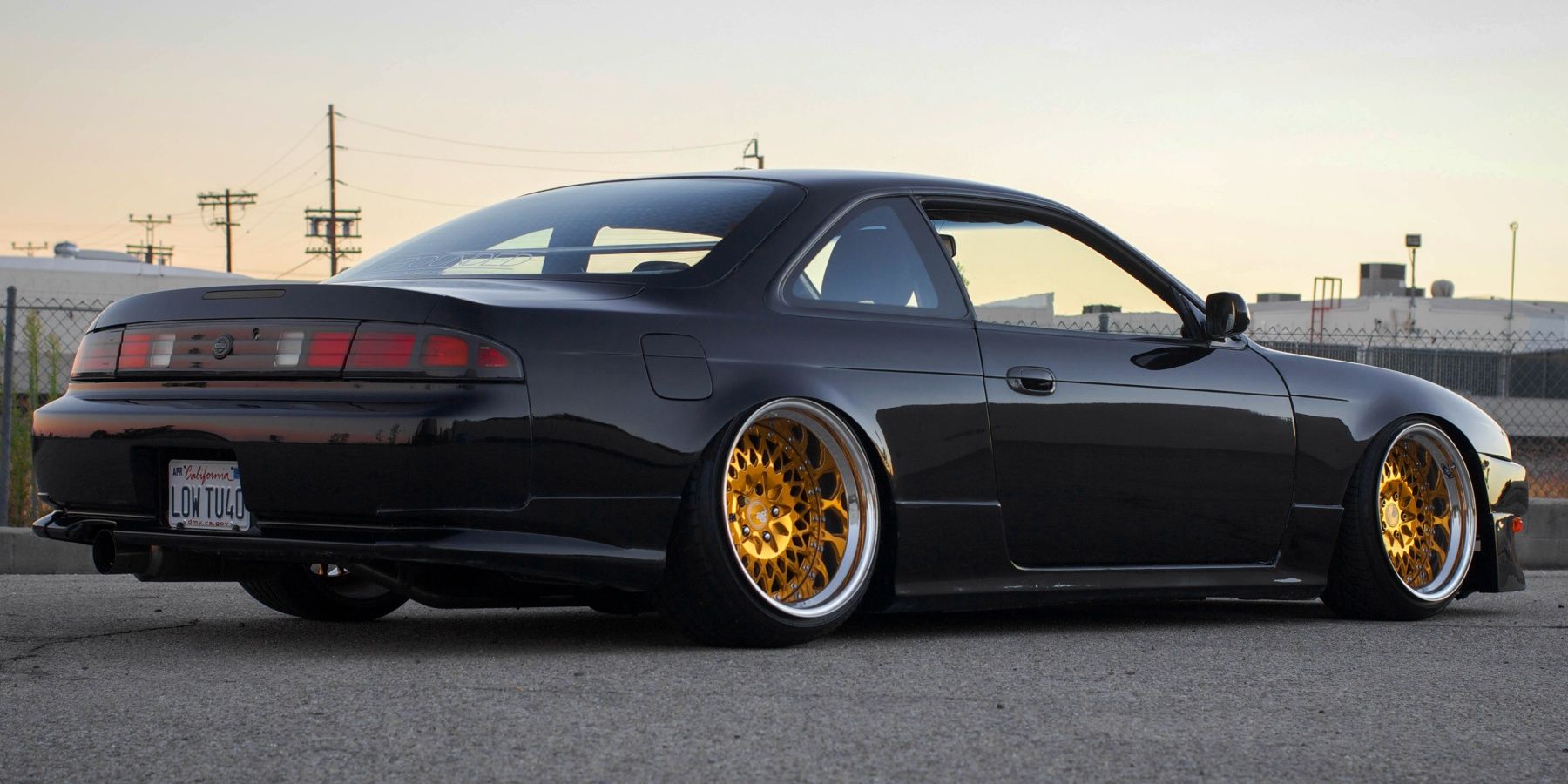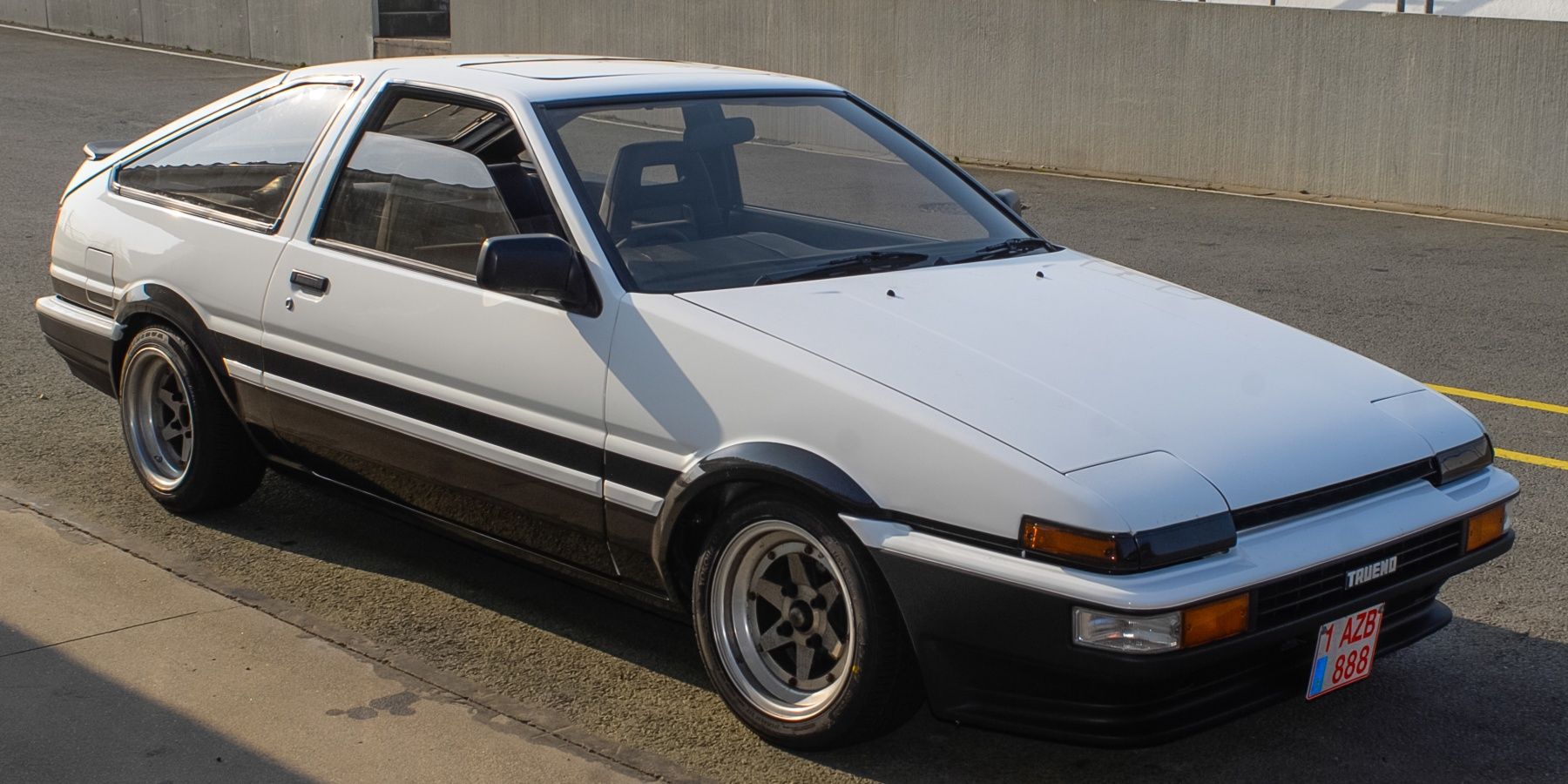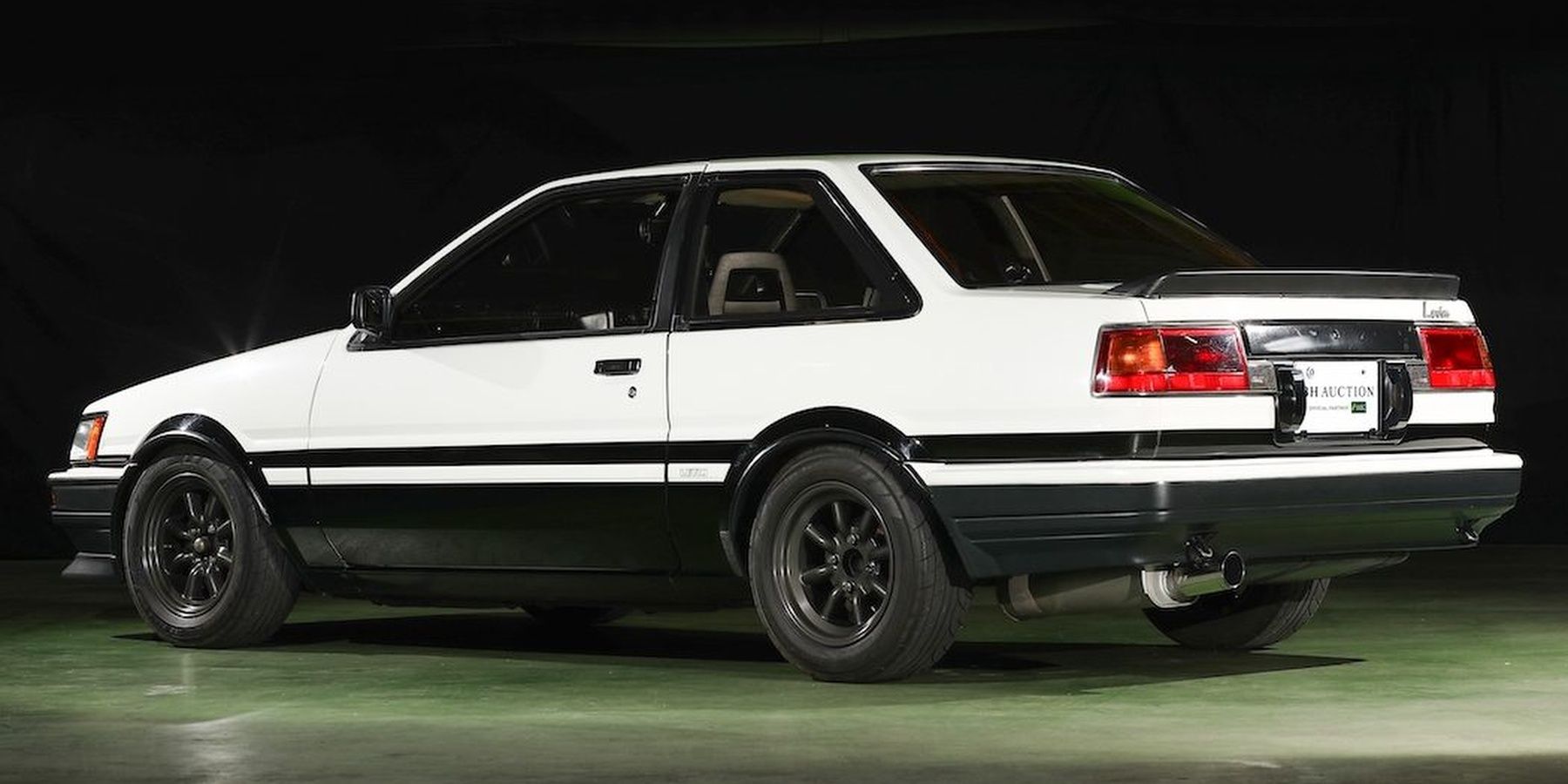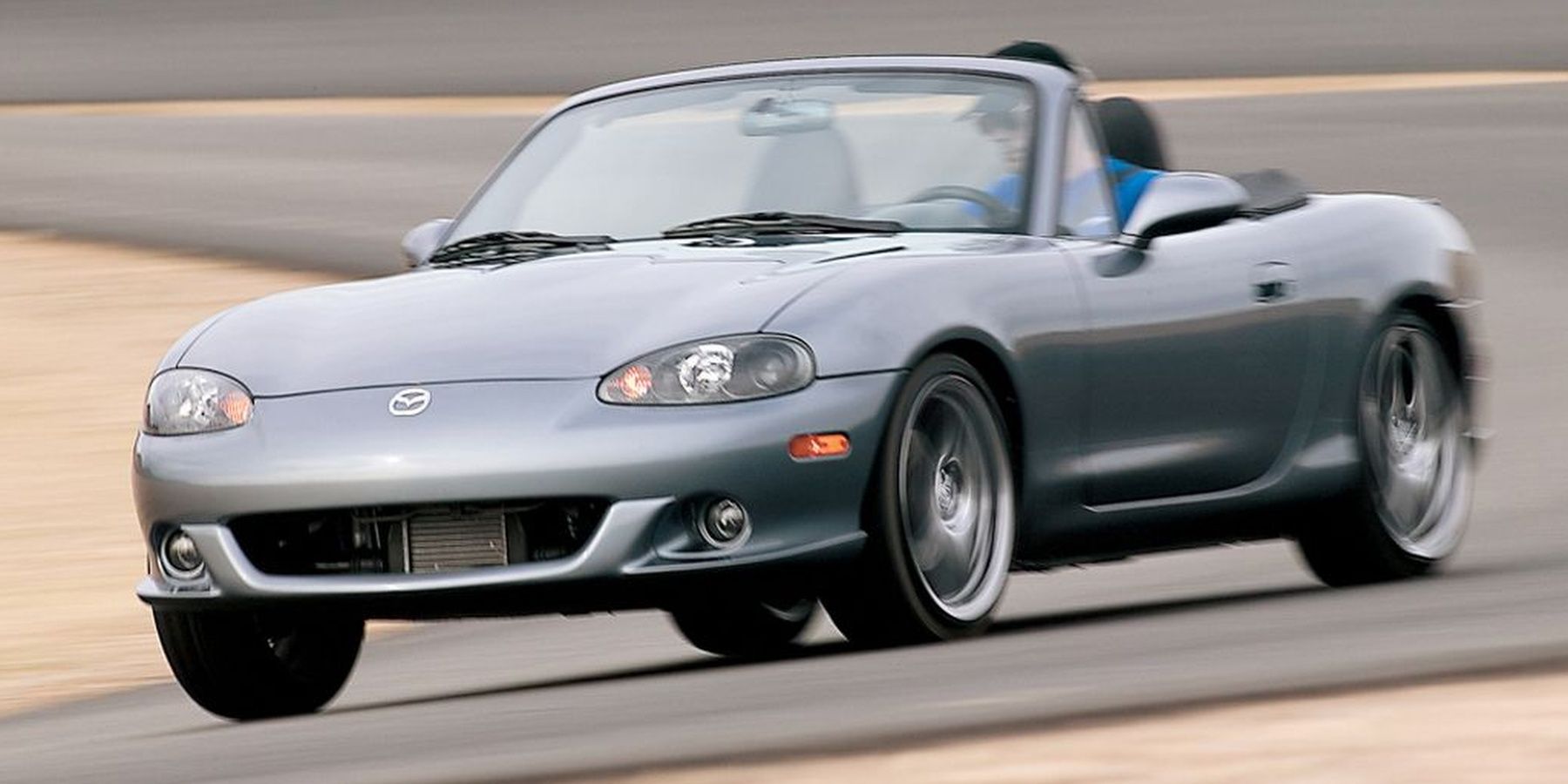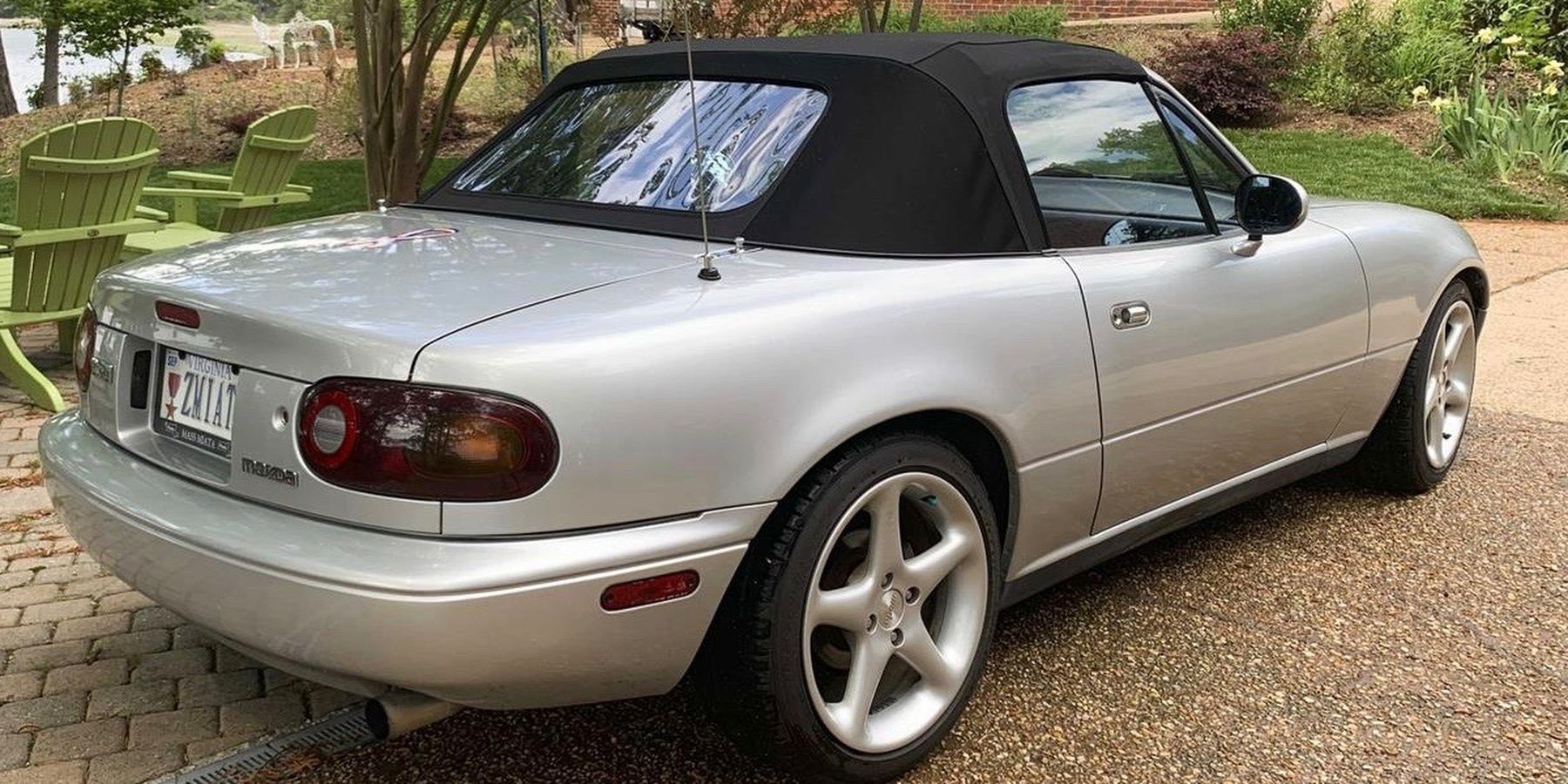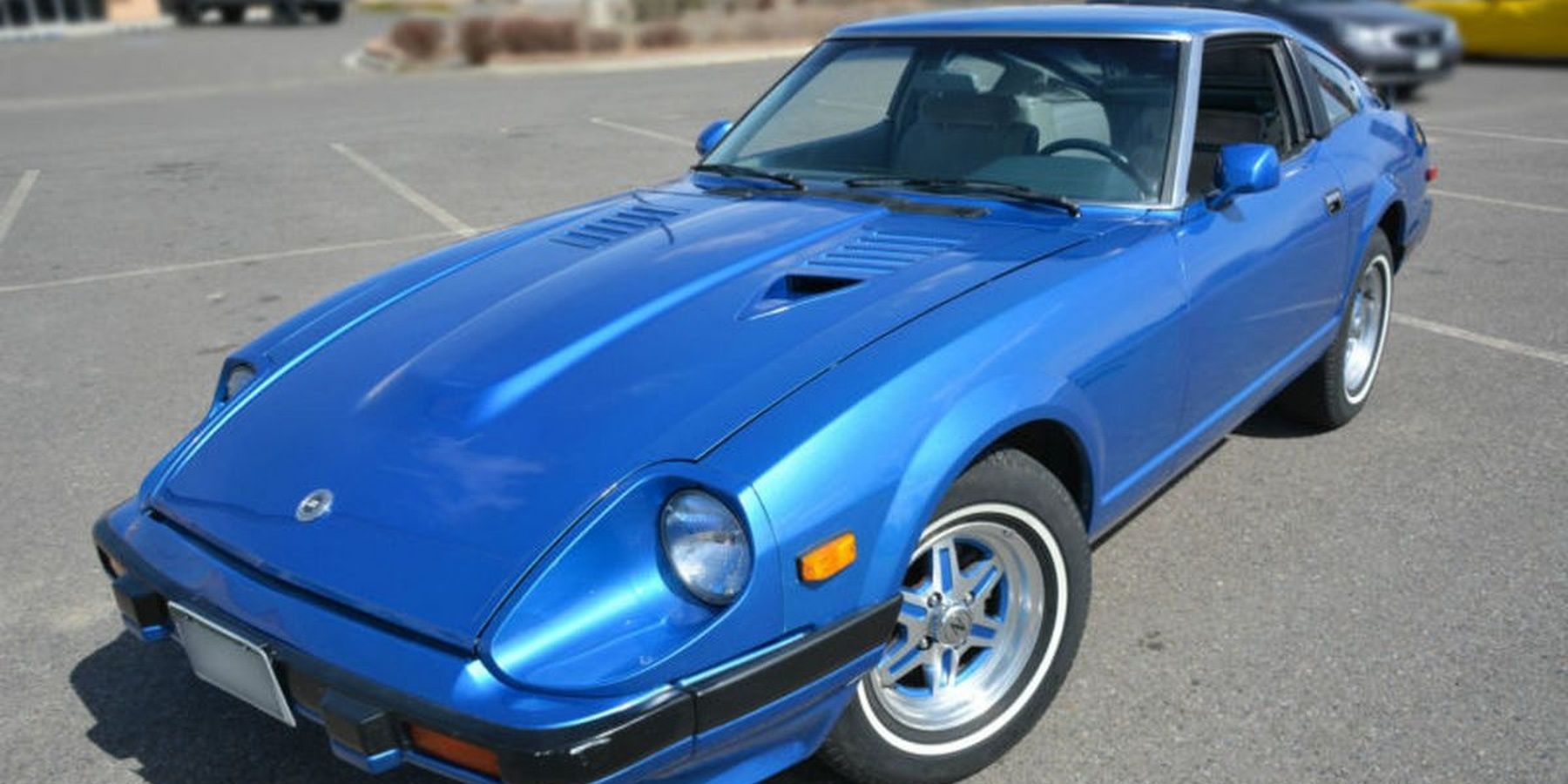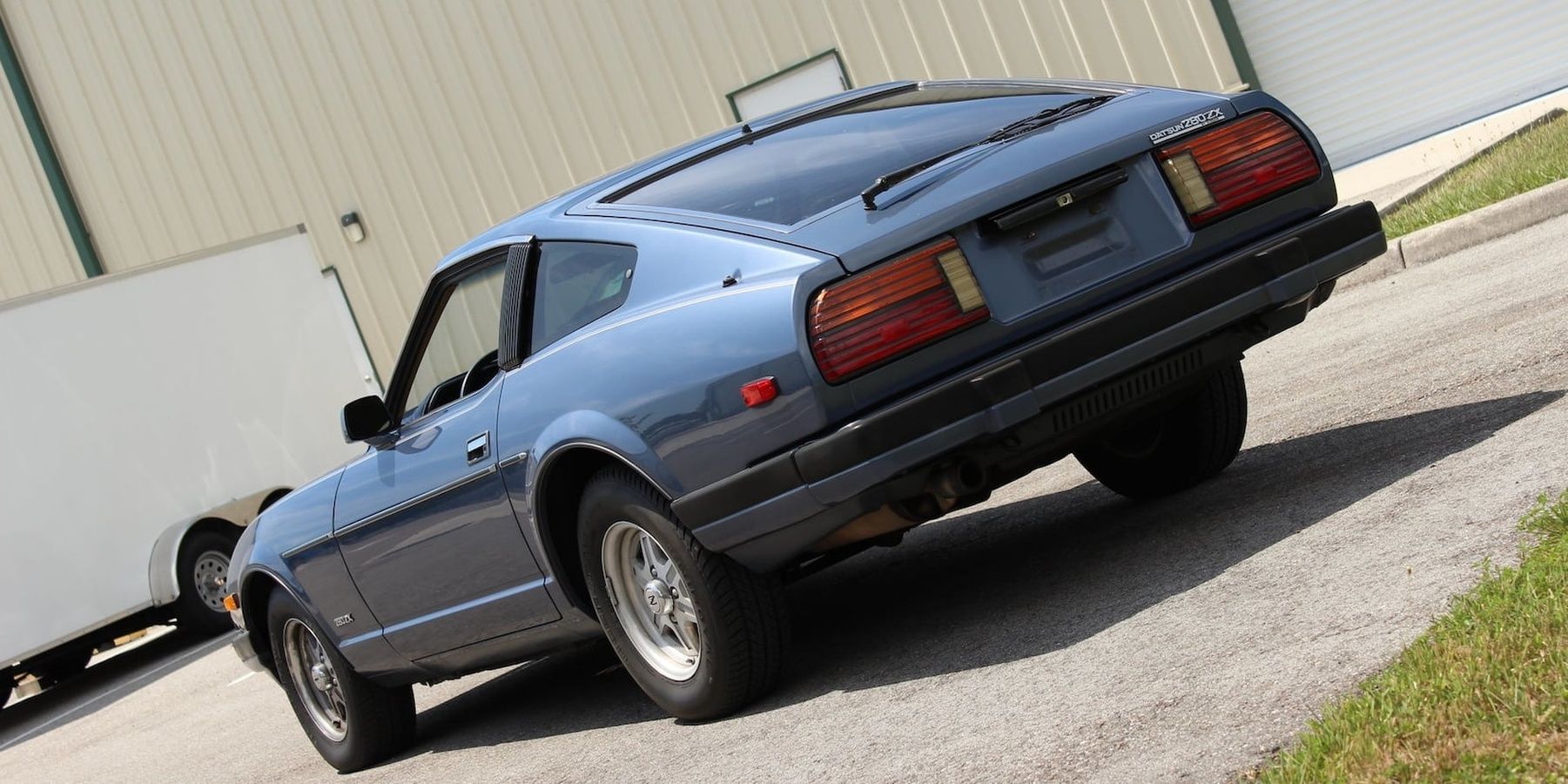Japan has been the epicenter of industrial and technological innovation for most of the last half-century; even Japanese cars have changed the world. Taking the world by storm with their ability to manufacture goods in high volume without sacrificing durability ushered in a major paradigm shift in what was expected from an automobile.
While many car companies hedged their bets on the consumer making their vehicle purchase based on looks or power, Japan thought otherwise by placing their focus on simplicity, efficiency, and longevity. As a result, they garnered an overwhelmingly positive response from the market, making some of the most exciting machines on four wheels along the way. Here are 10 Japanese sports cars that are a breeze to maintain.
10 Honda Prelude
The Honda Prelude was the more upscale sports car of the Honda lineup, and it matured into the belle of the ball over the years. The fifth and last generation, introduced in 1996 and discontinued in 2001, looks like an angular and mature version of the Integra. Residing under the hood was a 2.2-liter inline 4 VTEC engine.
Good for 200 horsepower, the Prelude had no trouble putting all that power down around the bends with its independent suspension. With plenty of room under the hood to access parts, this car is sure to spend more time on the road than in the garage.
9 Toyota Celica
The Celica is one of Toyota's longest-running sports cars with an impressive racing history. The legendary Supra can trace its lineage back to the early Celicas when the Celica Supra was introduced back in 1979. Thereafter, the Celica branched off to forge its own legacy, being Toyota's World Rally Championship entry in the late '80s to early '90s.
Winning the constructor's title for two consecutive years in 1993 and 1994 with the Celica GT-Four. The A60 Celica, available from 1981 to 1985, was the last generation to have rear-wheel drive. For a great sporty feel, with Toyota reliability and user-friendliness.
8 Honda CRX
The CRX was introduced in 1984 as a sportier Civic, which it shared the same drivetrain with. This car has had a cult following for its light and nimble characteristics. The second generation, introduced in 1988, went through a major update.
Hitting dealerships with four-wheel double wishbone suspension, it was cutting edge even by today's standards. The aftermarket parts catalog is vast, sharing parts with that of the Civic. In addition, CRXs are being so easy to work on that there are plenty of home mechanics that have swapped in later year B and K-series engines.
7 Toyota Cressida
At first glance, the Cressida doesn't scream sports car. Hitting American shores in 1976, it was Toyota's luxury, family saloon before the emergence of the Lexus brand. It followed that familiar sports sedan formula of a big straight-6 engine sending power to the rear wheels.
The X80 Cressida, built between 1988 and 1995, were the last ones to be offered in North America. And it went out with a bang, sharing the same 1JZ engine found in the Supra MK3, making it a legitimate platform for drifters on a budget. This tire shredder is known to be very easy to install performance parts at home.
6 Nissan 200SX
The S12 200SX has flown under the radar for some time. Found in North American showrooms from 1984 to 1988 with an optional 1.8-liter turbocharged engine, the CA18ET. Later years could be found with the naturally aspirated V6 found in the Z31 300ZXs.
The rear-wheel-drive platform, in conjunction with the sub-2600 lbs curb weight, has performance implications immediately felt by the driver. This therefore begs the question: why was this car overlooked? It’s mind-boggling, especially when considering the reported ease of maintenance and tunability of both the turbo four-banger and the V6.
5 Honda Civic Si (EP3)
It doesn't take much searching to find out how easy it is for any monkey with a wrench to make power in a Civic. The EP3 Civic Si (better known as the SiR for the Canadian audience) received the coveted Honda K-series motor. Unfortunately, it had a short production run in North America, lasting only from 2002-2005.
These nippy little hatches are becoming harder and harder to find. The in-dash shifter, located directly next to the steering wheel, gives the driver the sense of being in a race car. This Civic should be at the top of the list of any car enthusiasts who’re looking for a fun car that they can work on.
4 Nissan 240SX
The Nissan 240SX is the go-to drift car for both professionals and amateurs alike. The awe-inspiring SR20DET engine is a direct bolt-on, requiring no fabrication. Bumping the power up to over 200 horsepower and good for over 400 horsepower.
For even less effort, the stock KA24 engine has been well documented to handle similar power figures with bolt-on turbo kits. This car is the perfect ride for any do-it-yourselfer because of the encyclopedia of information out there on solutions to every problem and the plethora of aftermarket parts shops.
3 Toyota Corolla GT-S
The Toyota Corolla GT-S, or "Hachi-Roku" as it is known in the land of the rising sun, has made its name as the David who slays Goliaths. It's used as the hero car in Initial D, an anime TV series following the journey of a tofu delivery boy who outruns GT-Rs, EVOs, and S2000s to become a street racing legend.
Loosely based on the AE86 owned by the “Drift King” himself, Keiichi Tsuchiya, and his days refining his driving technique on the mountain passes of Japan. There's no doubt about the sporting credentials and the simple to run 4A-GEC powerplant for the North American market.
2 Mazda Miata
This roadster has no equal when it comes to agility per dollar. The Miata is always the answer to the question of the best first car for the budding race car driver. It serves as a platform used to teach novice drivers the fundamentals of car dynamics with its own spec race series for those looking to enter the professional scene.
Because of its popularity, there are plenty of good examples available for any budget and plenty of aftermarket support. One look under the hood makes it all too clear that Mazda put a lot of effort into the ease of maintenance for the owner.
1 Datsun 280ZX
The Datsun 280ZX carried on the Z car torch with great success. Making its debut in 1979, the second generation of the Z series was well ahead of its time. The stiffer chassis and power options like windows, locks, and mirrors make this car feel right at home with any car produced a couple of decades later.
The turbocharged version, which was sold in the later years, attributed to its healthy sales figures despite hitting a much higher price bracket. No longer an economy sports car, the luxury grand tourer has the added benefit of offering plenty of space in the engine bay to tinker with for the average user.

